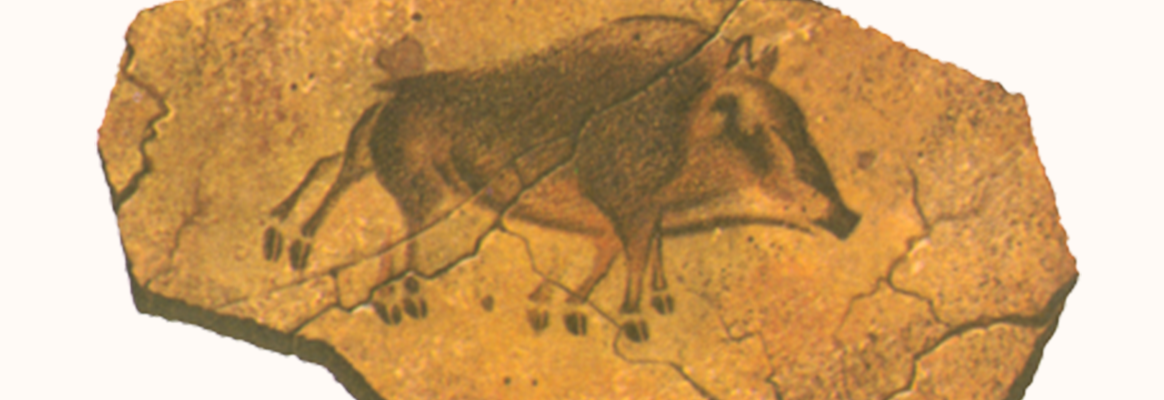A Historical View from Roy P. Disney
Ancient man some 12,000 years ago sought to portray his challenges and achievements on the walls of caves. The drawings, though crude, are still with us today. Later the Egyptians and Greeks brought dimensional representation to their art. The Renaissance brought about the most profound explosion of art yet, seeking the most lifelike portrayal of the world and beyond. All these forms of art had one thing in common, however. They were static. In 1834, William Horner produced a Zoetrope: a cylinder with progressively changing pictures on the inside and viewed from the outside. The idea was based on a Chinese invention from 180 AD. The effect was to produce motion for the first time.
In 1892, a Frenchman named Reynaud laid some 500 drawings one after the other and flipped them in mirrors to produce the effect of motion. In 1914, Winsor McCay used a new technique of shining light through a transparent strip of Celluloid© plastic with a drawing on it to project it onto a wall. McCayʼs images were linked in sequence on a strip we now call film. His film “Gertie the Dinosaur” was a benchmark in animation.
Walt Disney studied McCay and adopted his technique. In 1928, he produced a rough, pencil drawn cartoon synced to sound that ushered in the modern era of animated story telling. In just 12 years Walt and his artists produced the greatest animated movie ever done, Pinocchio. From crude pencil drawings to the most elaborate multiplane pan down into Geppetto’s workshop, animation had fully blossomed. Walt Disney had gathered around him some of the greatest artists of the day, making art history.
Those artists, their art, and their techniques have stayed at the Disney Studios and have sustained it for more than 80 years. But now the ground has shifted. The computer and all it can do arrived. Disney shed many of the great animators because they couldn’t adapt. The classic art and its techniques have slowly begun to fade away.
This is where Ron Stark comes in. He was raised in and on the tradition of Disney animation. He knew many of the great classical Disney animators. He has studied and documented the tricks and techniques of Disney animation down the exact paint mixtures and mediums used in the original work. No one else, to my knowledge, has such a thorough understanding and knowledge base of Disney animation.
It is important to hold on to that information. It is important to hold and cherish the art that flourished for so many years.
Roy P. Disney

